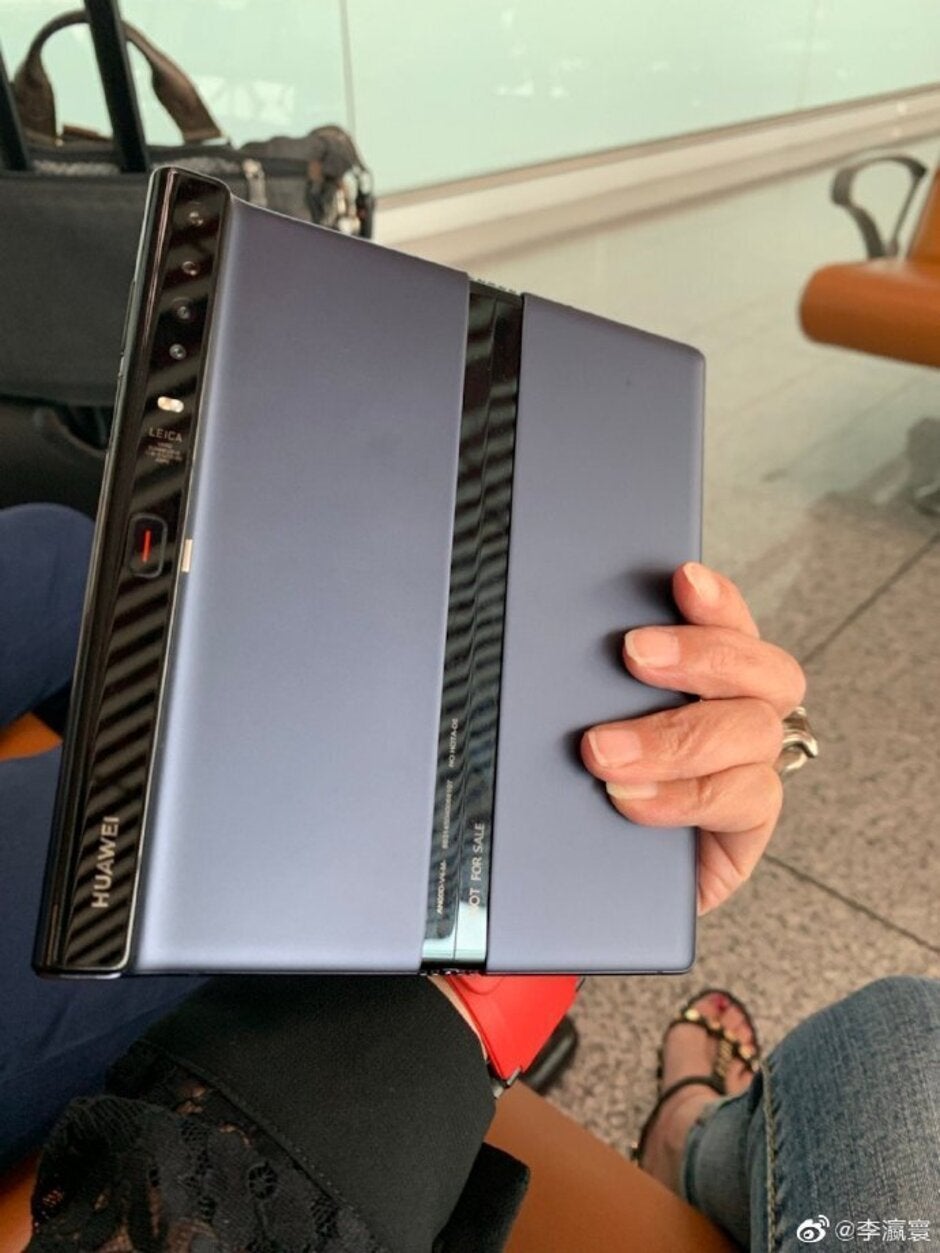U.S. supply chain ban to hurt Huawei's phone sales much less than originally thought

When Huawei was placed on the U.S. Commerce Department's Entity List in May, it seemed like the manufacturer was in for a very bad year; after all, the company was banned from purchasing components and software from its U.S. supply chain. Companies like Google, Qualcomm, Micron and ARM Holdings cut ties with the company and the rest of 2019 seemed bleak. In 2018 Huawei had shipped 206 million handsets globally, good enough for third place after Samsung and Apple and was expected to take the top spot next year. But a strong first quarter that saw phone deliveries rise 50.3% to 59 million had many analysts figuring that Huawei would surpass Samsung by the fourth quarter of 2019.
But then came the Entity List. And while Huawei did ship another 59 million units in the second quarter for a 33% annual gain and a first-half total of 118 million, the company traditionally reports a big improvement from Q1 to Q2. The fact that this number was flat sequentially indicated that the U.S. ban was having a negative impact on Huawei, something the company admitted in June. But how much of an effect is it having? After all, the manufacturer continues to push out new phones powered by Android and earlier this week it released a teaser for its Kirin 990 chipset; the latter will feature ARM designed CPU cores including the latest and greatest Cortex-A77. Huawei owns a perpetual license for the ARMv8 license allowing it to introduce new chips such as the Kirin 990 and the Ascend 910 AI chipset it announced last week. Huawei says that the 7nm chip is the most powerful AI chipset in the world. Huawei did have to stop using chip designing software from U.S. firms like Cadence Design Systems Inc and Synopsys.
Huawei's rotating chairman says that the 90-day reprieves offered by the U.S. government are meaningless
Back in June, Huawei founder and CEO Ren Zhengfei said that the U.S. ban would cost it $30 billion in smartphone revenue. But an updated estimate was given by Huawei's rotating chairman Eric Xu and reported by Reuters. The executive said that Huawei's consumer business group, the unit that includes smartphones, is doing better than expected, but notes that it could lose $10 billion in smartphone revenue due to the ban. The division grossed 349 billion yuan ($49.2 billion USD) last year and for the first half of this year it generated 221 billion yuan in sales ($31.1 billion USD).

The foldable Huawei Mate X, now expected to launch in November
Days after the U.S. announced that Huawei was placed on the Entity List, the U.S. gave stateside Huawei suppliers the opportunity to obtain a special 90-day license. This allowed them to ship to the manufacturer components and software "necessary to maintain and support existing and currently fully operational networks and equipment, including software updates and patches...to existing Huawei handsets." When the first 90-day period expired earlier this month, the Commerce Department offered Huawei's U.S. suppliers the chance to obtain another special 90-day license. Huawei's Xu says that these 90-day reprieves are "meaningless" to Huawei and that the company's employees are fine working around the ban.
Next month, Huawei is expected to unveil the Mate 30 series including its new premium Mate 30 Pro model. The latter is expected to feature a 6.7-inch AMOLED waterfall display with both sides dropping down at an 88-degree angle. Those staring straight at the screen will be hard-pressed to spot the side bezels on the phone. There will be a quad-camera setup on the back, including a Time of Flight (ToF) sensor for an improved bokeh effect on portraits, and a 4500mAh capacity battery will be keeping the lights on. That could be followed up in November with the release of the foldable Huawei Mate X.














Things that are NOT allowed: